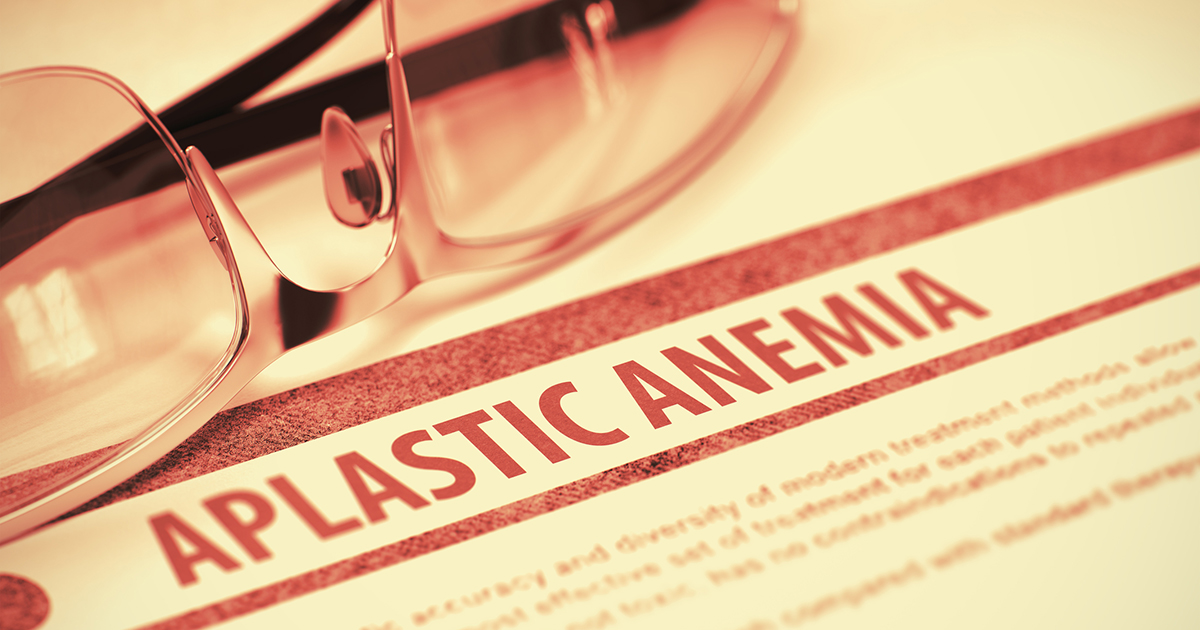What Are The Major Types Of Anemia?
Anemia is the term used when referring to a condition characterized by a deficiency in hemoglobin or healthy red blood cells. When there are too few red blood cells or not enough hemoglobin in these cells, sufficient amounts of oxygen are not able to travel through the individual's bloodstream to the cells throughout their body. When the cells do not have enough of oxygen supply as a result of anemia, the organs do not have what they need to function correctly. This mechanism results in several general telltale symptoms consistent across all types of anemia, including fatigue, weakness, rapid heartbeat, difficulty with focusing, leg cramps, pale skin, insomnia, dizziness, headaches, and shortness of breath. There are numerous causes of anemia that form the basis of how it is categorized. The severity, type, and underlying cause of a patient's anemia are the main factors in determining what kind of treatment is needed.
Iron-Deficiency Anemia

One of the most prevalent types of anemia, iron-deficiency anemia, occurs when the individual's body is unable to produce enough hemoglobin due to too little iron. The mineral iron is required for the production of hemoglobin, which is responsible for binding to oxygen and transporting it to tissues around the patient's body. Iron deficiency anemia can be a result of poor dietary intake of iron, loss of blood, pregnancy, or an inability to absorb iron from food. Iron-deficiency anemia has several symptoms specific to its type, including pica or a desire to eat non-food substances, mouth soreness, cracks at corners of the mouth, and upward nail curvature. An individual affected by iron-deficiency anemia may experience serious complications like problems with their heart rhythms and efficiency that can lead to an enlarged heart or failure of the heart. In addition, iron-deficiency anemia can cause a pregnant female to have a premature or underweight baby. Furthermore, children and infants can experience development and growth delays, along with an increased risk of contracting infections.
Uncover the next type of anemia now.
Aplastic Anemia

Aplastic anemia occurs when an individual's bone marrow becomes excessively damaged and is unable to produce enough new blood cells. The term aplastic has a literal meaning of empty, which refers to the content and appearance of the bone marrow in aplastic anemia patients. There are numerous mechanisms that can result in such bone marrow damage, including toxic chemical exposure, autoimmune disorders, chemotherapy, radiation therapy, viral infection, the use of specific drugs, and pregnancy. In some cases, the cause of a patient's aplastic anemia cannot be identified. Symptoms more specific to the aplastic anemia variation include easy or unexplained bruising, skin rash, nosebleeds, prolonged bleeding from lacerations, gums that bleed, and prolonged infections. Aplastic anemia can be a permanent condition, or it may be temporary depending on its underlying cause. Based on the severity and cause of an individual's aplastic anemia, blood transfusions, medications, or a bone marrow transplant may be needed to treat the condition effectively.
Get more details on the different types of anemia now.
